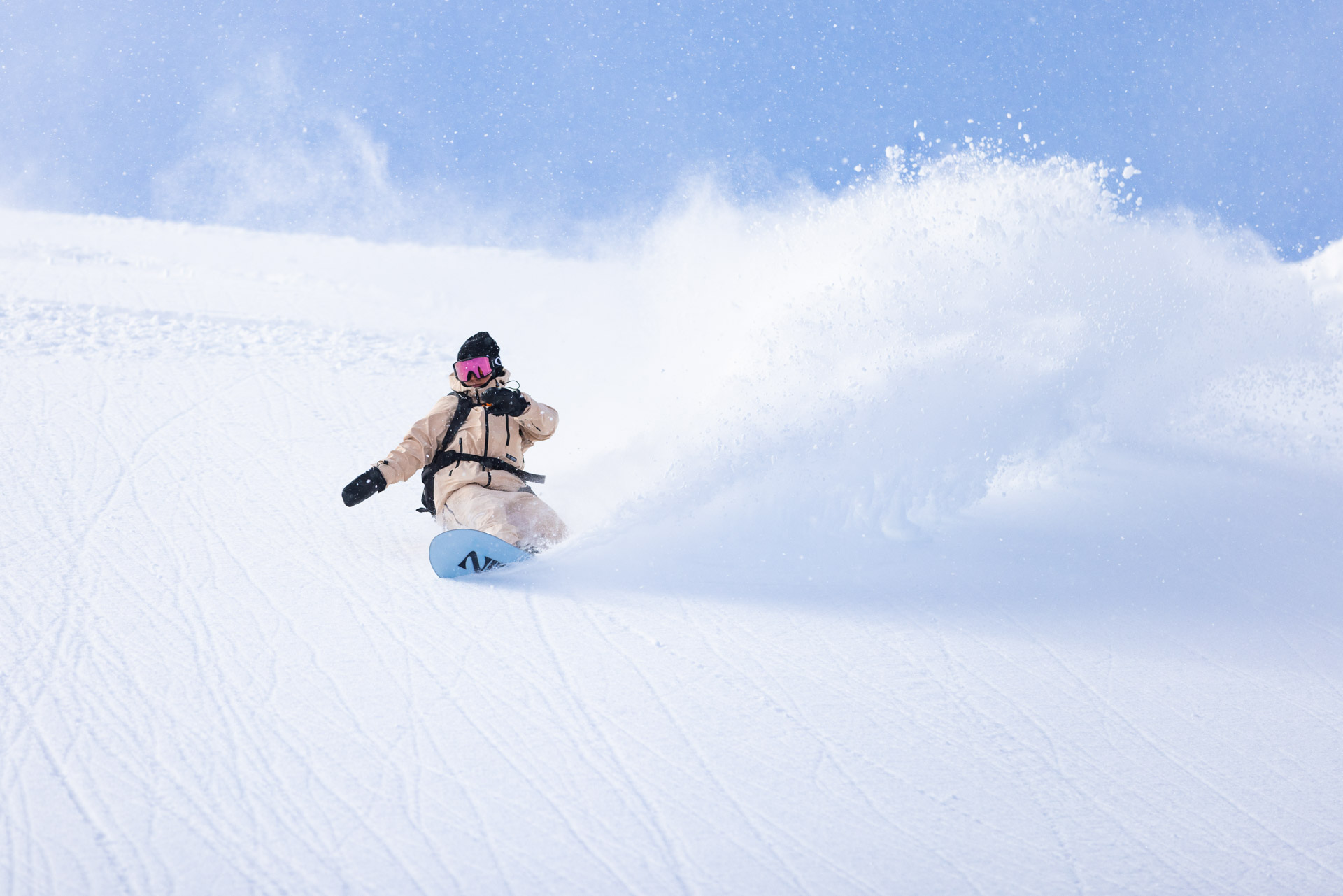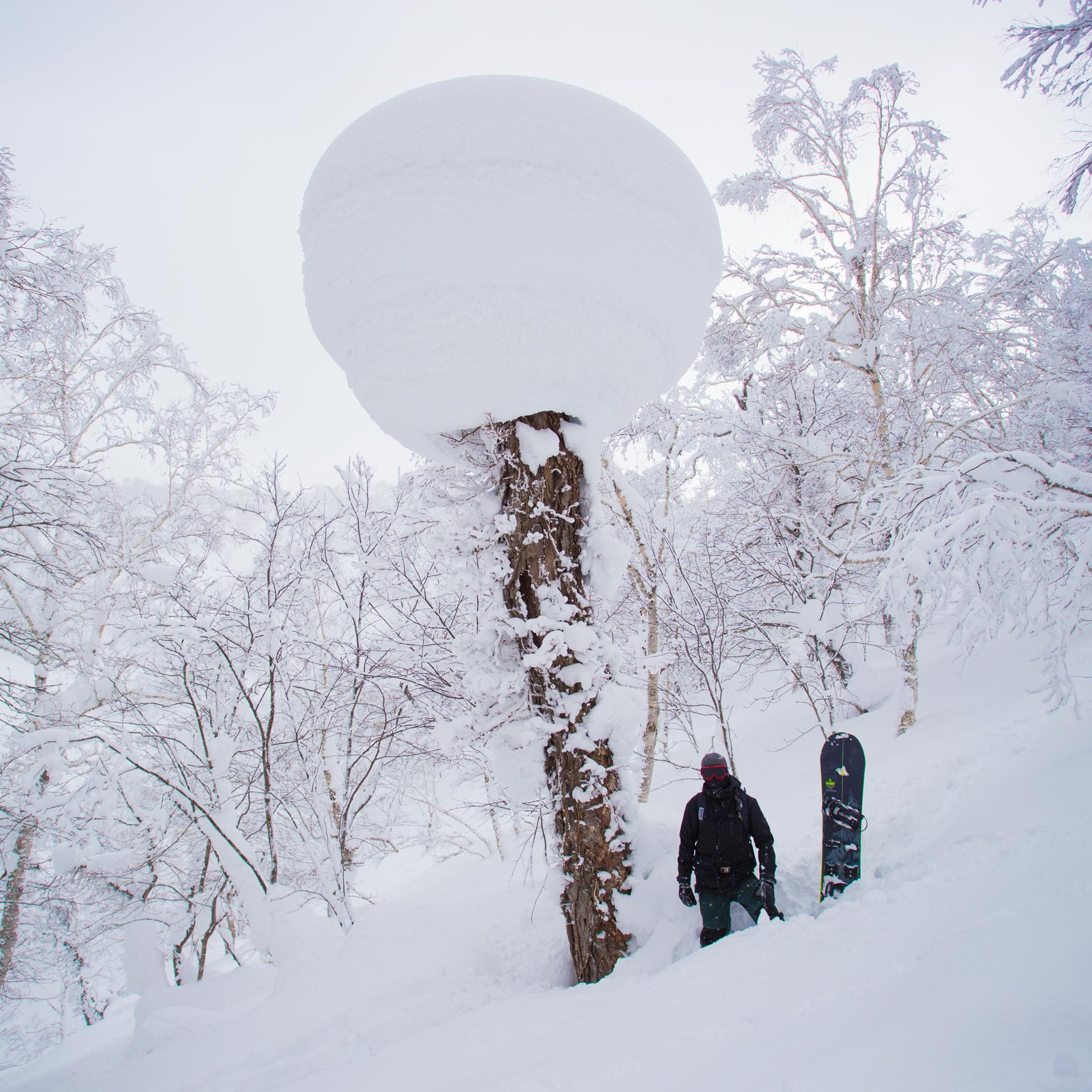The Language of Snow: Japan’s Words for Winter
In Japan, snow isn’t just a weather condition – it’s a cultural experience, one that’s been woven into language, art, and daily life for centuries. Japan’s long, snowy winters, especially in regions like Hokkaido, have inspired a rich vocabulary around snow, reflecting its deep significance. For example, Niseko, a world-renowned ski destination in Hokkaido, is famous for its consistent, high-quality powder snow—referred to as yuki (雪) – which draws visitors from all over the world.
Yet yuki is just the beginning. The Japanese language holds numerous words to describe different forms and textures of snow, from light flurries to heavy, wet snowfalls, all capturing the varying moods and characteristics of this wintry phenomenon.
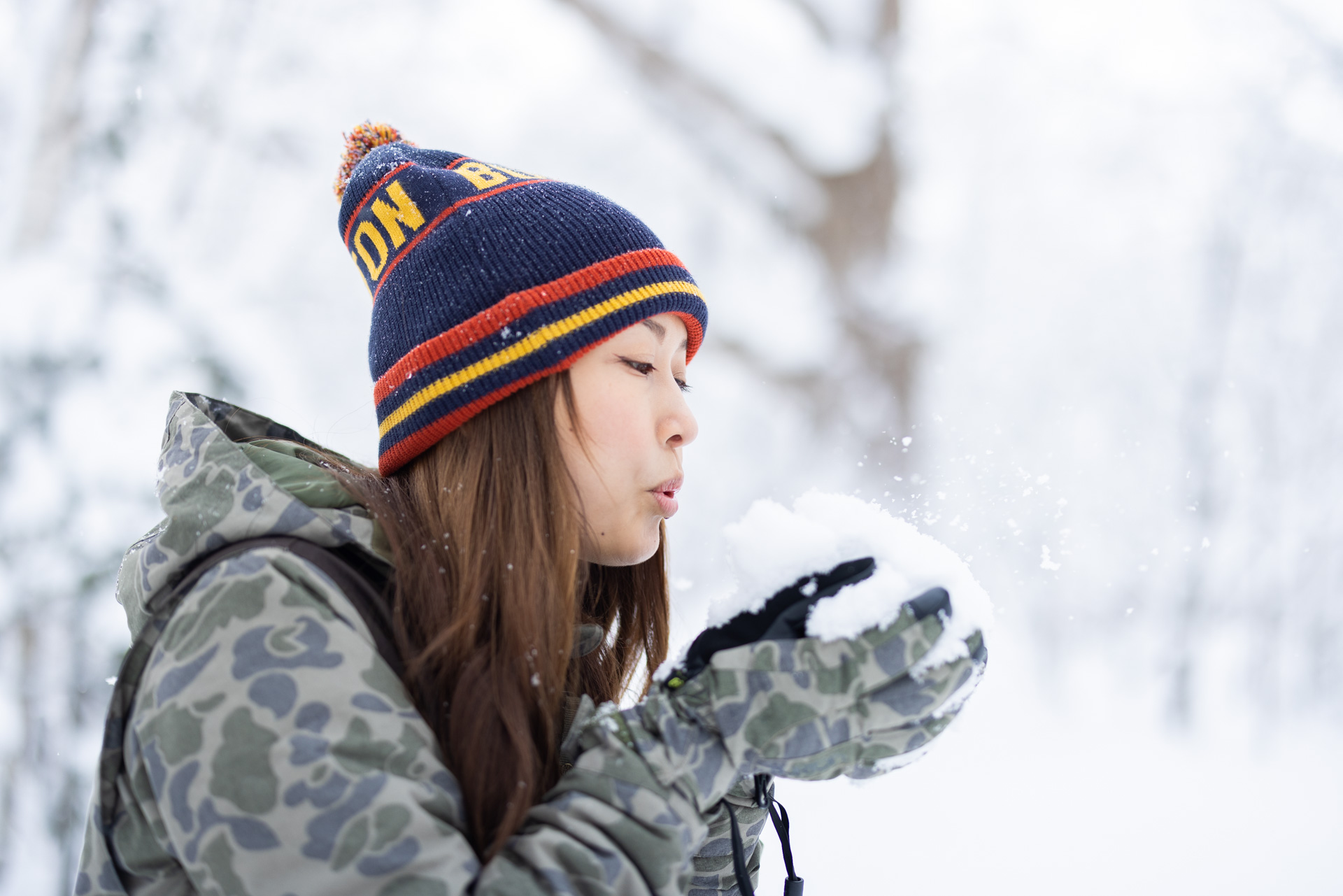
1. Yuki (雪)
The most basic and commonly used word for snow in Japanese is yuki (雪). It’s the go-to term when talking about snow in general, whether it’s falling from the sky, covering the ground, or being enjoyed on the ski slopes of Niseko.
Niseko’s powder snow, often hailed as some of the best in the world, is described by its texture and quality, which, thanks to cold Siberian winds blowing over the Sea of Japan, creates light, dry powder. This type of snow is a dream for skiers and snowboarders, making yuki synonymous with adventure and thrill in Niseko.
2. Fubuki (吹雪)
Fubuki (吹雪) translates to a snowstorm or blizzard. This word brings to mind intense snowfalls with strong winds, creating whiteout conditions. While Niseko’s climate is generally conducive to steady, manageable snowfall, it’s not uncommon to experience the occasional fubuki, which can add an extra layer of challenge to a winter day.
Fubuki is often used in Japanese literature and films to convey the intensity and relentlessness of nature. It’s a reminder that while snow can be beautiful, it also has a wild, untamed side.
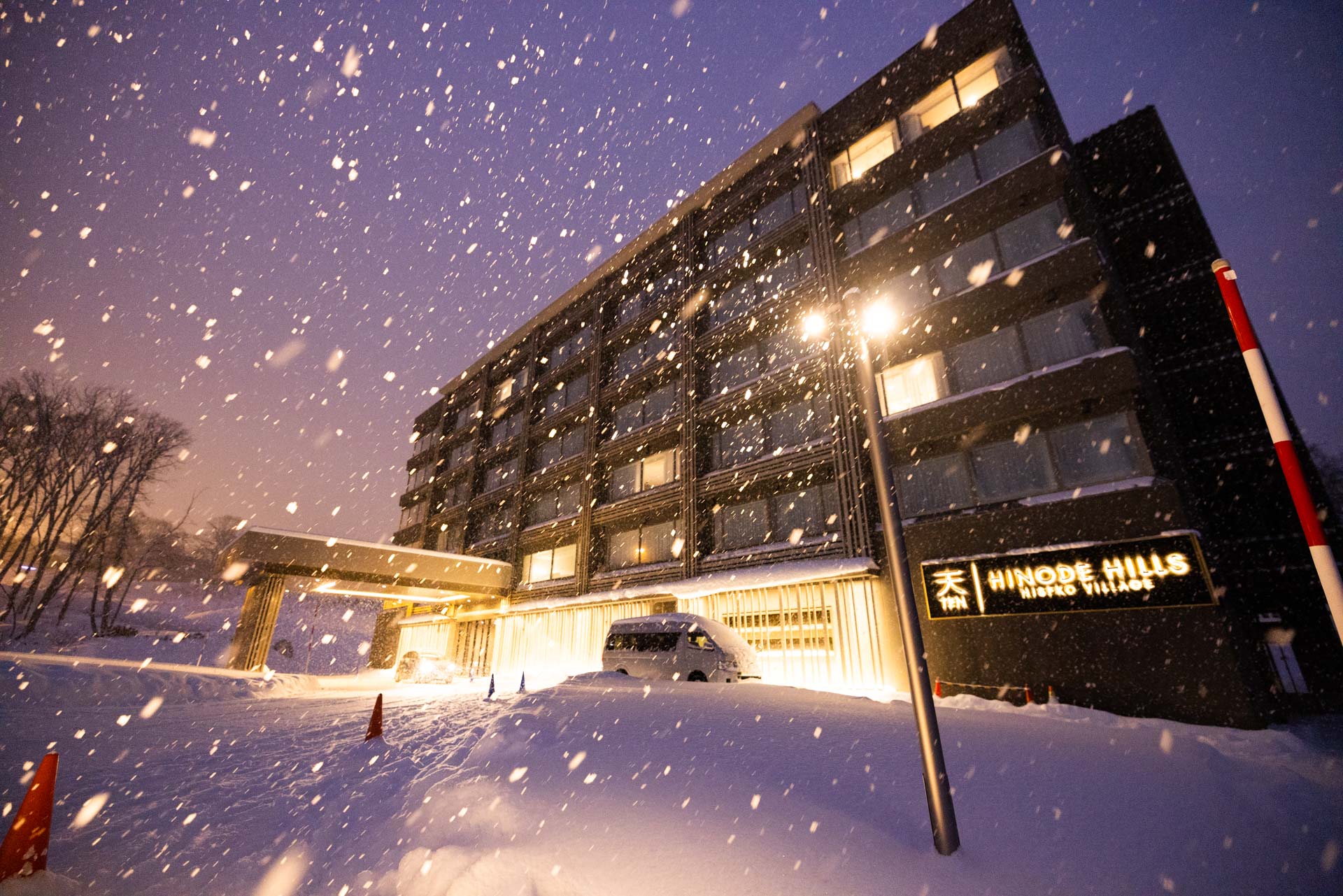
3. Konayuki (粉雪)
In the heart of winter, Niseko is famed for its konayuki (粉雪), meaning “powder snow” or “snowflakes as fine as powder.” This word perfectly describes the fine, soft, and light snow that Niseko’s slopes are known for. Skiers and snowboarders travel from all corners of the globe for the chance to glide through this konayuki, experiencing the smooth, almost weightless feel of powder under their feet.
The word itself, kona (powder) and yuki (snow), emphasizes how delicate and ephemeral this type of snow can be, creating an atmosphere that’s both serene and exhilarating for outdoor adventurers.
4. Shimo (霜)
Shimo (霜) means frost, and while it’s not specifically snow, it refers to the icy layer that forms on surfaces during cold, clear nights. In places like Niseko, shimo can be seen in the early mornings, clinging to trees, rooftops, and even the slopes themselves, creating a beautiful crystalline effect before the sun begins to melt it away.
Shimo is often seen as a precursor to snowfall and can contribute to the magical winter landscapes that make Hokkaido, and Niseko in particular, so picturesque. The sight of frosted trees against a backdrop of snow-covered mountains is an unforgettable aspect of the Niseko winter experience.
5. Botan-yuki (牡丹雪)
Botan-yuki (牡丹雪) refers to large, fluffy snowflakes that fall gently from the sky. The word comes from botan, meaning “peony,” because the snowflakes resemble the soft petals of a peony flower as they drift down. This type of snow often falls during warmer winter days, resulting in heavier snowflakes.
In Niseko, botan-yuki can be a calming experience, especially in the villages. Watching these big, slow-falling flakes while sipping hot cocoa or relaxing in an onsen (hot spring) after a day on the slopes adds to the peaceful charm of a Niseko winter.
6. Sasa-yuki (笹雪)
Yuki can also be seen in how it interacts with other elements of nature, giving rise to the term sasa-yuki (笹雪), or “bamboo grass snow.” This refers to the light layer of snow that rests gently on bamboo leaves, creating a delicate visual contrast. While bamboo is more common in southern regions of Japan, the concept of sasa-yuki still applies to Hokkaido’s hardy grasses and shrubs that poke through the snow.
This term speaks to the beauty of small moments in nature, where the snow forms a quiet partnership with the environment, enhancing rather than overwhelming the landscape.
7. Namida-yuki (涙雪)
Namida-yuki (涙雪), which translates to “tear snow,” is a poetic term for snow that falls briefly and melts quickly, much like tears. This word is less about the physical characteristics of snow and more about the emotions it evokes – fleeting, delicate, and perhaps a little bittersweet.
In Niseko, where snow tends to stick around for the long haul, namida-yuki may be less common, but the sentiment remains. It captures those moments when winter seems to be bidding farewell, but there’s still one last, brief snowfall before spring begins to take hold.
8. Mizore (霙)
Mizore (霙) is a mix of snow and rain, a slushy precipitation often seen at the edges of winter. Though not as romanticized as other types of snow, mizore has its place in the Japanese vocabulary, representing those messy transition days when the weather can’t quite make up its mind between snow and rain.
While Niseko is typically known for its crisp powder snow, there can be occasional days of mizore in early winter or late spring. These are the days when locals and tourists alike huddle inside cozy cafés or onsens, waiting for the pure snow to return.
9. Neyuki (根雪)
Neyuki (根雪) refers to snow that has accumulated on the ground and remains there for a long period without melting. The word breaks down into ne (根), meaning “root,” and yuki (雪), meaning “snow,” signifying snow that has firmly “taken root” in the landscape.
In Niseko, neyuki is a common feature of the long winter months. The area typically sees its first substantial snowfall in late November, and by December, the snow begins to form a thick, stable layer that stays until spring. This deep, consistent snowpack is essential for the thriving ski industry in Niseko, creating the perfect conditions for a long ski season and ensuring that powder remains fresh and skiable for months on end.
Neyuki also shapes the local environment in subtle ways. As the snow lingers, it insulates the soil and plant life, protecting the earth below from harsh winter winds. In spring, as the neyuki finally melts, it replenishes the region’s rivers and streams, contributing to the fertile farmland and high-quality produce for which the area is known. For the people of Niseko, neyuki is a sign of winter’s full arrival and a key ingredient in the region’s natural and economic life.
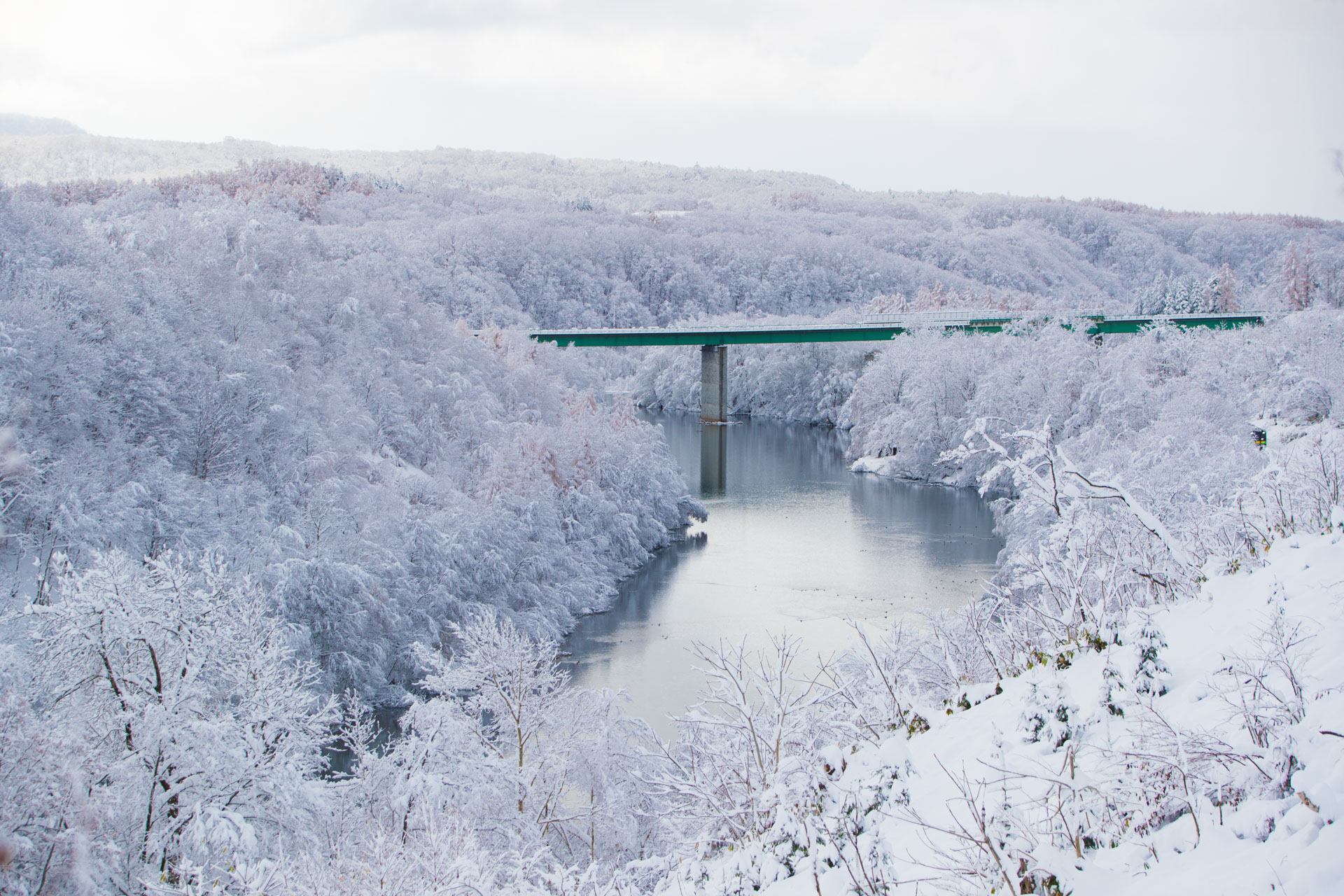
Snow and Culture in Niseko
The language of snow in Japan is more than just a set of words—it reflects how deeply snow is embedded in the country’s culture and everyday life. In Niseko, this relationship is particularly visible, where snow is both a livelihood and a lifestyle.
For the people who live and work in Niseko, snow means more than just a change in season. It’s what attracts thousands of visitors each year, from skiers and snowboarders to those simply seeking the quiet beauty of a winter wonderland. The variety of snow words in Japanese captures the nuances of this experience—each word tells a story about the season, the landscape, and the emotions tied to the snowfall.
Beyond the slopes, Niseko’s snowy environment is celebrated in local festivals and activities. For instance, the annual Kutchan Yukitopia Festival in February features snow sculptures, food stalls, and snow-based games, a perfect representation of the community’s appreciation of yuki in all its forms. Additionally, the Snow Dome events, complete with bars serving drinks in ice cups, turn snow into a central part of the social scene.
Even the farms in the surrounding area, which thrive under the nutrient-rich soil left by volcanic activity, owe some of their success to the clean, snow-fed waters of the Shiribetsu River. This deep connection between snow and the land is another aspect of how Niseko’s identity is tied to its winter season.
Snow in Japan is much more than just weather—it’s a way of life, an inspiration for art, and a key part of regional identity, especially in places like Niseko. Through words like yuki, konayuki, fubuki, and others, the Japanese language offers a glimpse into the many facets of snow and its significance across the country. For those who visit Niseko, these words deepen the appreciation for the pristine winter environment and the cultural experiences it offers.

